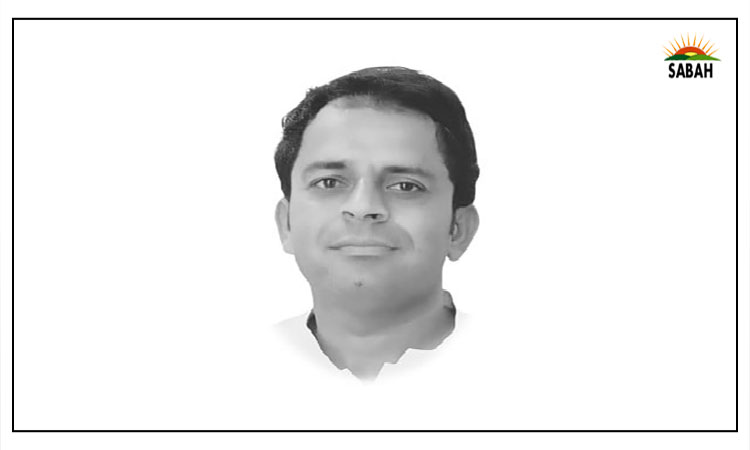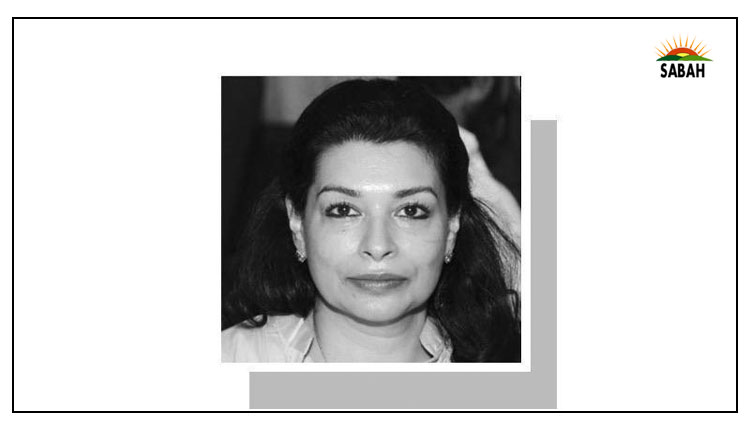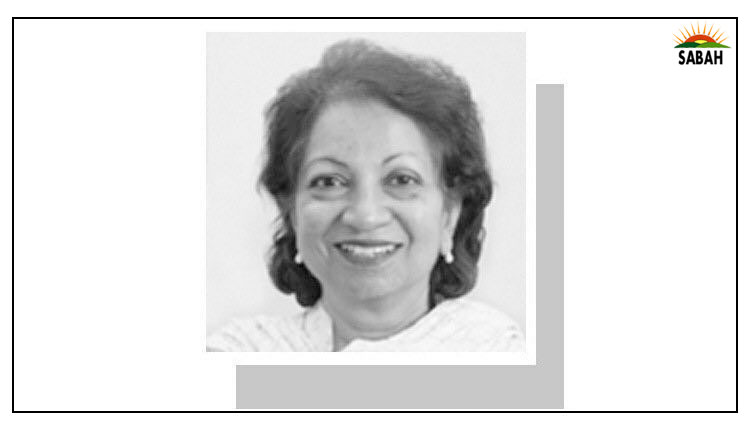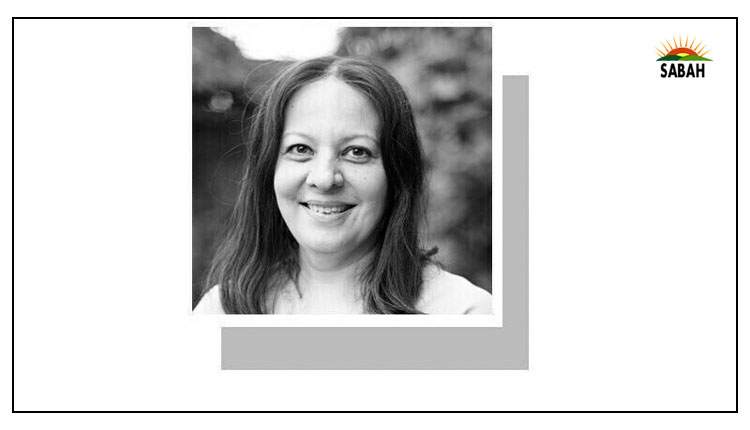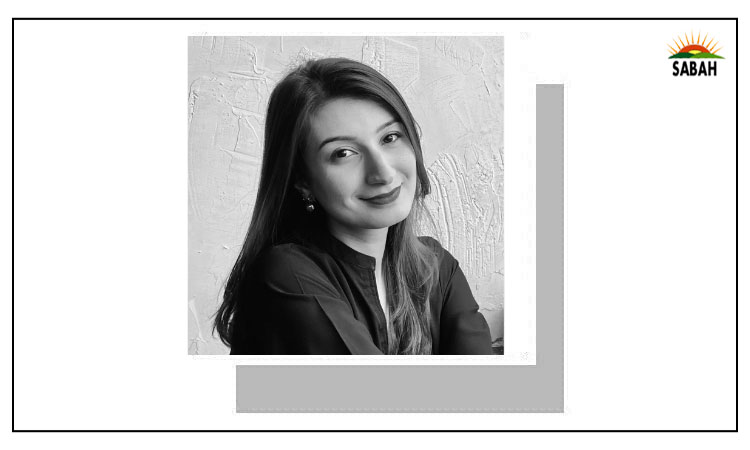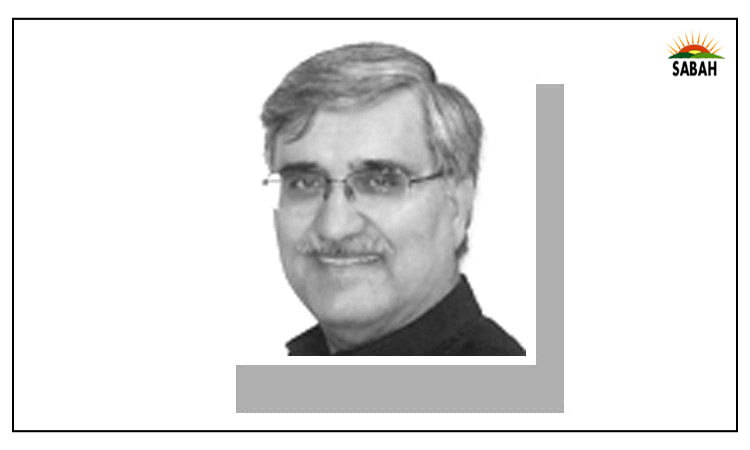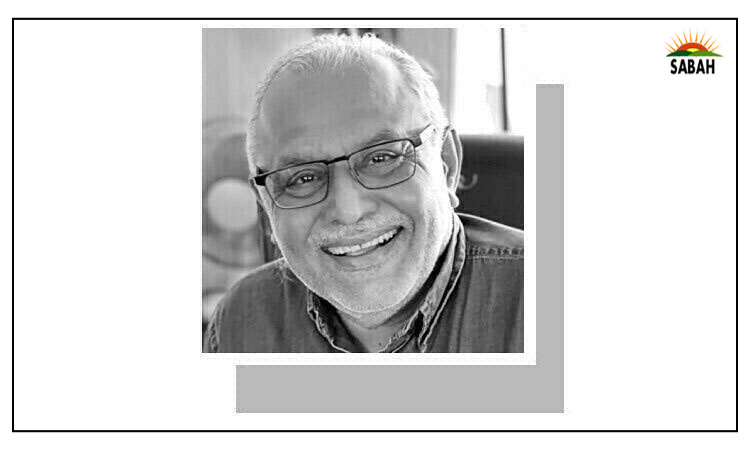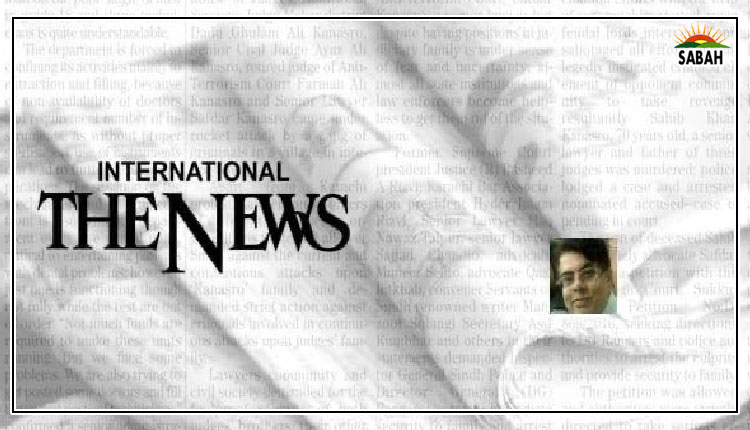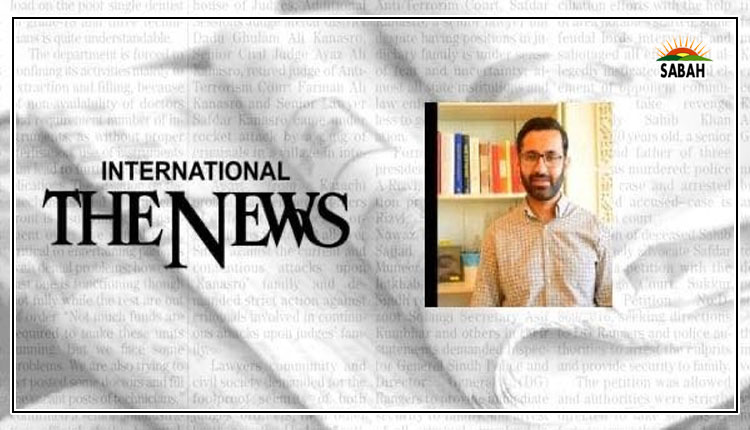The angry young Pakistani…Bilal I Gilani
The events of the past one year have been described by many as a perfect storm in Pakistan. Political turmoil combined with an economic meltdown not seen for many decades has created an atmosphere of gloom and despair about the present and the future of the country. Many in the chattering classes even question the viability of the state.
The economic and political turmoil that we are seeing is only a symptom; the underlying cause is a deep-seated conflict between various social groups as well as institutions. This article aims to shed light on some of these social conflicts which I believe require resolution. Unless we make a concerted effort to resolve them, we will only be addressing the symptoms and not the disease itself.
The first among these social conflicts is a clash of generations. Pakistan has a median age of twenty-one. Amongst voters, the 18-30 years age group represents almost 40 per cent of all potential voters. Gallup Pakistans exit polls carried out in the aftermath of the first nine elections in Pakistan show that, historically, youth voters largely shied away from participating. The turnout among this age group was almost half of what it was for the overall voters. This voter shyness amongst younger people changed in the 10th election in 2013 and the momentum continued in 2018, where a substantial increase was found in turnout among young voters.
Politicians often ask us pollsters about which party young voters will vote for. The question that they do not ask, and which is equally relevant, is: why have young voters suddenly become so much more politically active? A host of pull and push factors can be identified.
Contrary to collective understanding the decade of the 2000s in Pakistan was a decade of unusual social and economic changes in Pakistan. Among social changes, we experience the proliferation of private media in terms of chiefly television. Towards the end of the decade, the internet started to provide social media platforms in which the young were participating more than the older generation. Not only did the media provide young people exposure to new ideas but it also allowed them to develop new ideals and aspirations like never before. Moreover, social media provided them a glimpse of how political activism can be undertaken.
The other seismic shift in Pakistan society, which politicians and development consultants do not like to admit, is what has happened in the field of formal education. Before 2002, there were less than 200,000 undergraduate students in universities across Pakistan. By the end of that decade, there were more than two million. Similarly, within these two decades, the average years of education that a Pakistani child could expect to receive rose from less than three years to almost eight years. Unlike ever before in our history, at least 85 per cent children have been to school at some point in their lives.
In my view, these two factors access to education and media sustained for over two decades have created a class of educated youth who wants to completely uproot the political setup which has been existing in Pakistan till now. This is a generation that cannot accept anything good or bad which smacks of the status quo. The PTI has been relatively more successful in becoming the voice of this generation because it has succeeded in portraying itself as being different and not being part of the establishment parties. Whether this is actually true or not is a different question.
Usually when a new stream or class of voters enters the voting base of a party, it is not necessary that a social conflict should arise. However, in Pakistans case, the entry of the relatively educated and politically active youth has caused ruptures across society as well as institutions. The events of the past one year show that those who used to be the power centers of this country the military, judiciary, and civil services are now heavily politicized as well as polarized, which I argue is mainly because of this clash of generations.
It is no secret that in the past year institutions have been confronted with a situation they have never before experienced, with one tier with different political ambitions and one wing at odds with the mainstream corps. We also now see that the judiciary is equally split on key issues. In my view, the reason conflict within these institutions has dragged on for so long is because it is tied with a larger social conflict, primarily explained by a generational change. Within one institution, the officer class questions past behaviour and wants to make amends. This class again is a product of post-2000 Pakistan (heavily exposed to media and higher education). In the case of the judiciary, the split is less so generational per se (the Supreme Court judges are all in their late 50s).
There is no doubt that this class the young and the educated – are not just politically active but also very angry. Their anger is sometimes manifested in their lack of appetite for following the norms: for example, social media trolls and their language; at other times, it manifests in their rallying behind completely authoritarian and unconstitutional tactics of some political leaders.
Their anger comes in what has traditionally in sociology been called anomie. I use the word anomie in its specific context as was explained by American Sociologist Robert K Mertons anomie theory building on earlier works of Emilie Durkheim. Merton explained that most people strive to achieve culturally recognized goals. A state of anomie develops when access to these goals is blocked to entire groups of people or individuals. The result is a deviant behaviour characterized by rebellion, retreat, ritualism, innovation, and/or conformity. In my understanding, the educated youth has been provided the culturally recognized goal of a free, fair, lawful, politically modernized Pakistan led by an honest leadership. This is a progressivist ideal where ends matter more than the means and the modern is, in all cases, to be preferred over the not modern. These are the ideals our media and education streams have successfully imbibed in this new class.
The reality of the past two decades has been the entire opposite. The war on terror ruptured our society from within. The continuation of dynastic politics as well as the patron-client relationship of Pakistani voter politics blocked the possibility of this huge class of young and educated, aspiring for political participation. Now branded a specific derogatory term, the educated youth of Pakistan numbering almost 10-20 million (depending on the education threshold one takes) feel alienated from the rest of society and politics. For them, there is a huge gulf between what they have been told to aspire to, and what they see in the real world.
Except for one party, other political parties have failed to realize the complete estrangement of this class from Pakistani society and economy. The other parties continue to hope that by doing what they have done in the past, and now with the use of state-sponsored physical and discursive violence, this mobilized youth will soon switch to their sides. All the signs are that this is not going to happen.
So where do we go from here? How can we reduce the social conflict that is polarizing those very institutions that are meant to provide some unified leadership to Pakistan?
Pakistan needs a major social and institutional dialogue for reform and restructuring. If young people want political participation, we will have to sit and talk about democratizing registered political parties, proportionate representation based voting systems at least for some tier of government, creating more provinces, strengthening local governments, strengthening student unions etc. If the educated want more economic power, we will have to talk about increasing access to bank credit, formalizing the economy, labour unionization, and reforming our educational system itself is responsible for creating unemployable graduates. And this is just a whiff.
Without a major political dialogue and the necessary restructuring of the political and economic order, just repeating the usual political steps, including the ritual of elections, is only going to produce the same outcome. It could also further aggravate the social conflict. The dialogue needs to give primacy to this young, educated class represented in institutions as well as the same demographic in the wider population.
The feeling of anomie is only being aggravated by our shunning and branding the young as disillusioned, by using pejorative names. A serious dialogue and recognition of their demands will help chart a sustainable and equitable way forward. Moreover, there is a dire need for young people to be recognized as part of a larger movement that shapes to redefine a new Pakistan and helping the youth find their community historical affinities like caste, family, religion are on a downward trend, and political views fueled by social media and a celebrity politician/charismatic leadership has made politics the source of identity.
When a social system is in a state of anomie, common values and common meanings are no longer understood or accepted, and new values and meanings cannot be developed. Without developing common values and meanings, no society democratic or otherwise can avoid a continuing cycle of conflict and violence.
Courtesy The News


